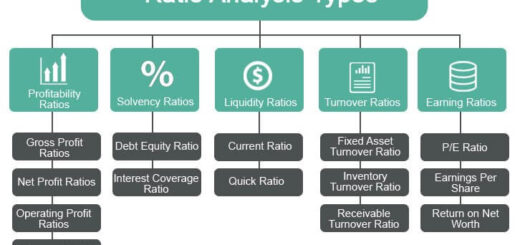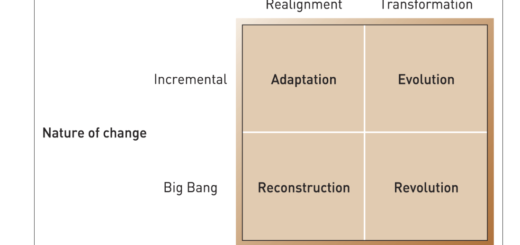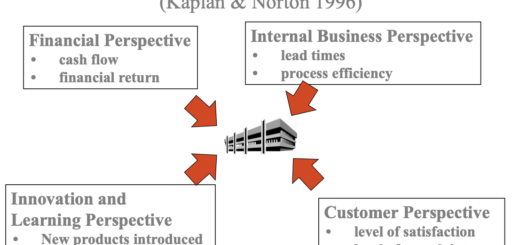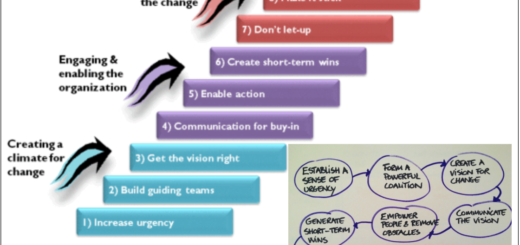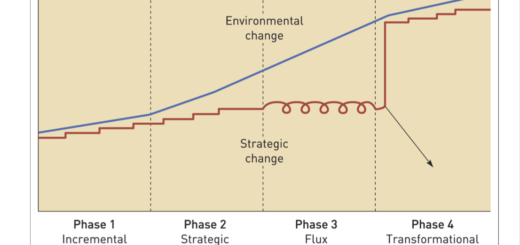HR Planning and It’s Cycle
HR planning (Human Resources Planning)
HR planning, also known as human resource planning, is the process of assessing an organization’s current and future staffing needs, and developing a plan to meet those needs. It involves identifying the human resource requirements of an organization and determining the strategies and actions that will enable the organization to recruit, retain, and develop the necessary workforce.
HR planning typically involves:
- Analyzing the organization’s current and future business plans, objectives, and strategies to identify the workforce needs of the organization.
- Assessing the internal and external factors that may impact the workforce needs, such as changes in the labor market, technological advancements, and demographic shifts.
- Identifying the skills and competencies required for each job and determining the current and future availability of the workforce with those skills.
- Developing strategies to address workforce gaps, such as recruitment, training, and retention initiatives.
- Monitoring and evaluating the effectiveness of the HR plan and making adjustments as necessary to ensure that the organization’s workforce needs are met.
Effective HR planning can help an organization to ensure that it has the right people, with the right skills, in the right place, at the right time, to achieve its strategic goals and objectives.
HR planning typically involves several steps, including:
The HR Planning Cycle is a process used by organizations to align their workforce needs with their strategic goals. It typically involves the following steps:
- Assessing the current workforce: This involves analyzing the organization’s current workforce in terms of demographics, skills, experience, and performance. This information is used to identify any potential gaps or surpluses in the organization’s workforce.
- Forecasting to HR:
- Forecasting Future HR Demand: This involves predicting the organization’s future workforce needs based on its strategic goals and anticipated business growth. HR professionals use various methods, such as analyzing historical data, studying market trends, and conducting surveys, to forecast the number and types of employees needed to achieve the organization’s objectives.
- Forecasting Future Internal HR Supply: This step involves assessing the organization’s current workforce, including the number of employees, their skills and qualifications, and their potential for growth and development. HR professionals may use talent management tools, such as performance appraisals and succession planning, to identify employees who could be developed or promoted to fill anticipated vacancies.
- Forecasting Future External HR Supply: This step involves analyzing the external labor market to identify potential candidates who could meet the organization’s future workforce needs. HR professionals may conduct labor market surveys and analyze demographic data to determine the availability of skilled workers in specific industries or regions.
- Responding to HR Forecasts: This step involves developing and implementing HR strategies and programs to address any gaps between the organization’s forecasted HR demand and supply. Based on the workforce assessment and future workforce needs, HR strategies and plans are developed to ensure that the organization has the right people in the right roles at the right time. For example, if there is a shortage of skilled workers in a particular area, HR professionals may work with hiring managers to develop targeted recruitment strategies or develop training programs to upskill existing employees.
- Implementing and monitoring HR plans: Once the HR plans are developed, they are implemented and monitored to ensure that they are achieving the desired outcomes. This involves ongoing tracking and evaluation of the organization’s staffing levels, employee performance, and HR metrics such as turnover rates and employee engagement.
By using the HR Planning Cycle, organizations can ensure that they have the right people with the right skills in the right jobs to achieve their strategic goals.
Overall, HR planning is an important process for ensuring that an organization has the workforce it needs to achieve its strategic goals and objectives. By anticipating and preparing for future workforce needs, organizations can be better equipped to respond to changes in the business environment and maintain a competitive edge.


